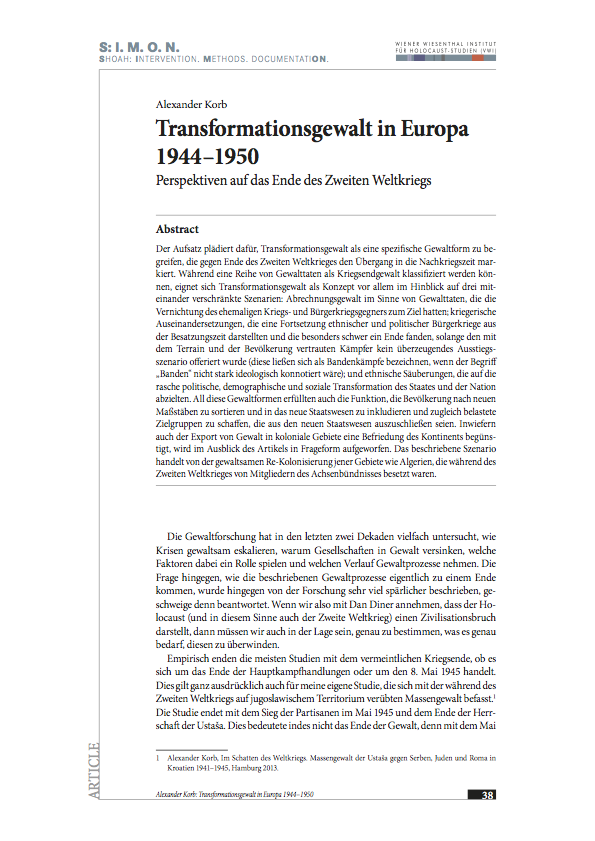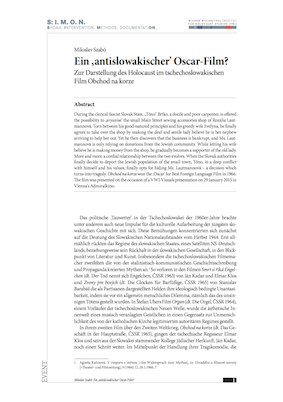 The Dominican Republic is nowadays considered an ultimate holiday paradise by most Europeans. It is less known that this small state in the Antilles served as a place of refuge from Nazism for Austrian, German and Czech Jews during the Second World War. While most countries closed their borders to the flood of refugees after the 'annexation' of Austria, it was - of all places - this dictatorial Caribbean island state that offered refuge to the persecuted. The American Jewish Joint Distribution Committee built an agricultural model project in Sosúa on the country's northern coast, which was modelled on Kibuzzim and was laid out for tens of thousands of refugees. However, only a few hundred reached the island; they included many Viennese.
The Dominican Republic is nowadays considered an ultimate holiday paradise by most Europeans. It is less known that this small state in the Antilles served as a place of refuge from Nazism for Austrian, German and Czech Jews during the Second World War. While most countries closed their borders to the flood of refugees after the 'annexation' of Austria, it was - of all places - this dictatorial Caribbean island state that offered refuge to the persecuted. The American Jewish Joint Distribution Committee built an agricultural model project in Sosúa on the country's northern coast, which was modelled on Kibuzzim and was laid out for tens of thousands of refugees. However, only a few hundred reached the island; they included many Viennese.
The history of this settlement project reveals the developmental lines of the twentieth century: the democratic states' capitulation in the face of the German anti-Jewish policies, the concept of an agricultural project based on socialist ideas and its failure and, finally, migration as a modernising catalyst.










